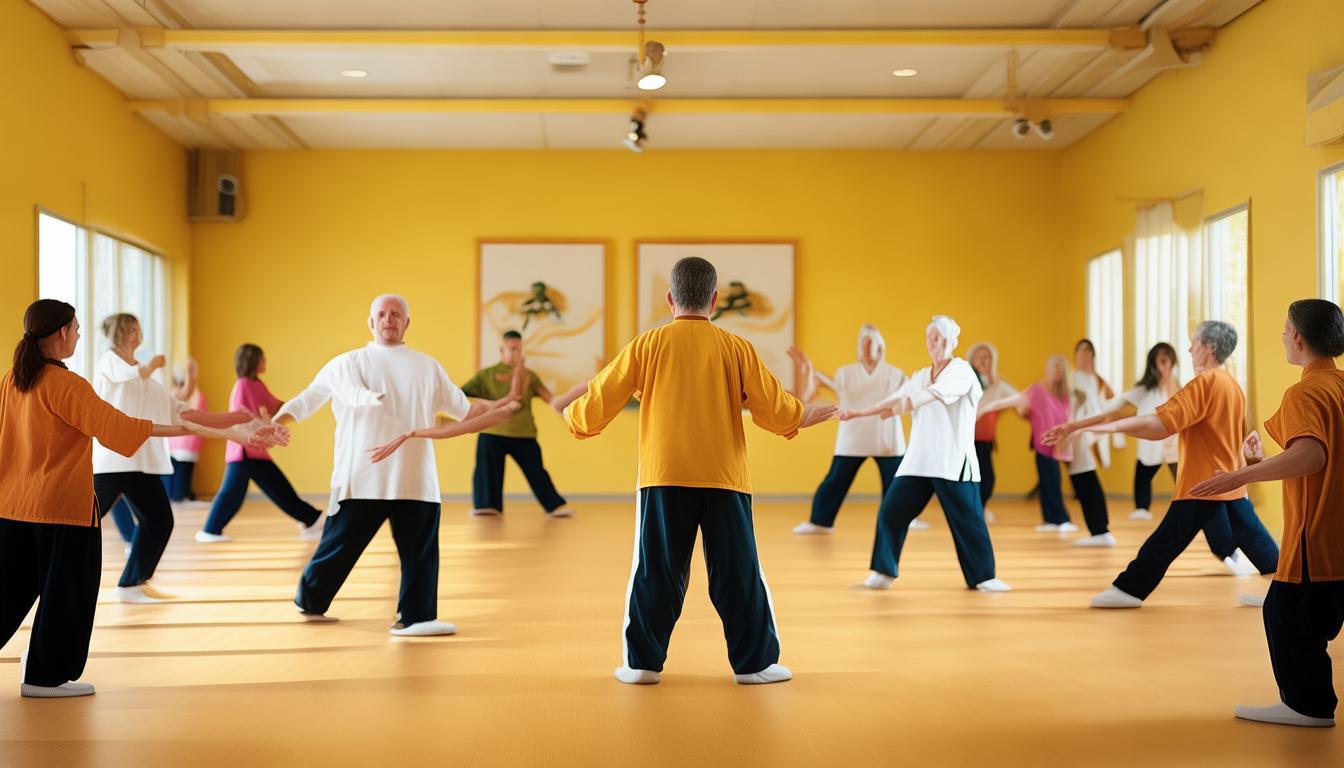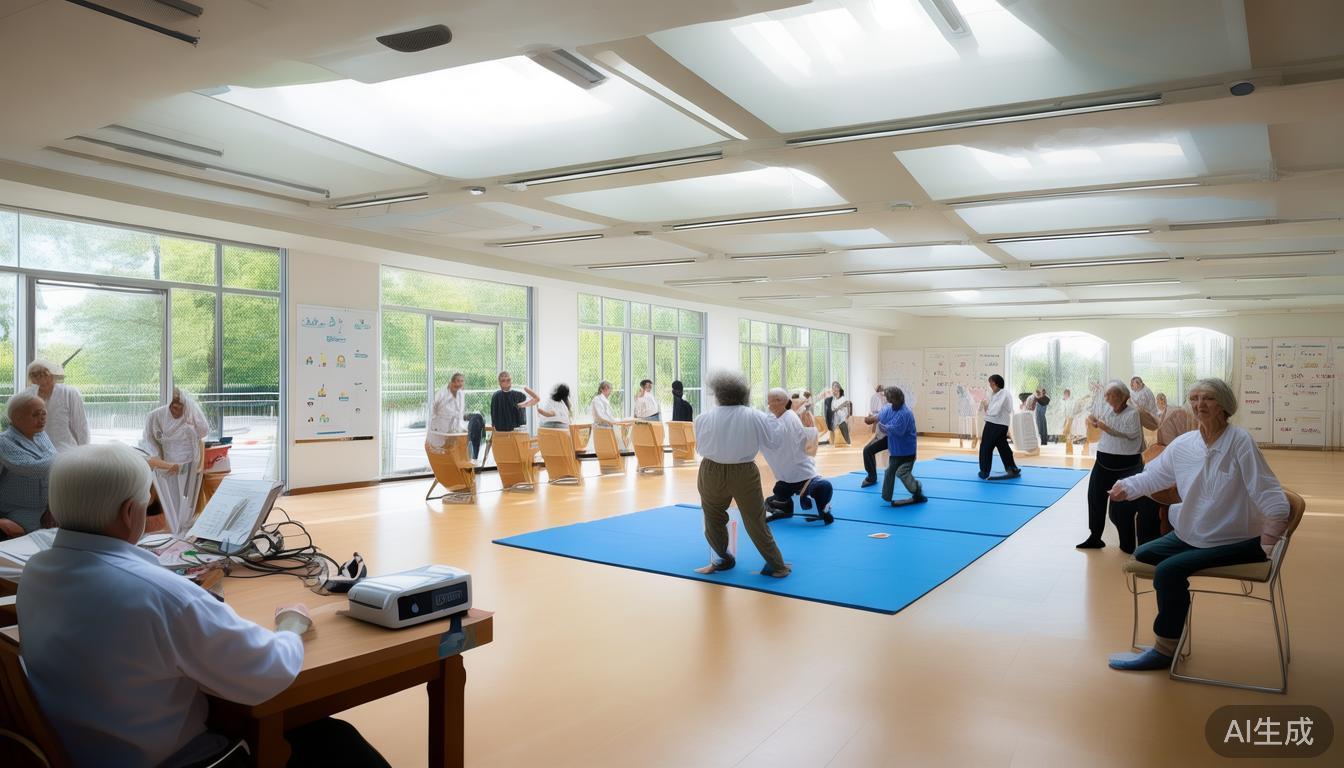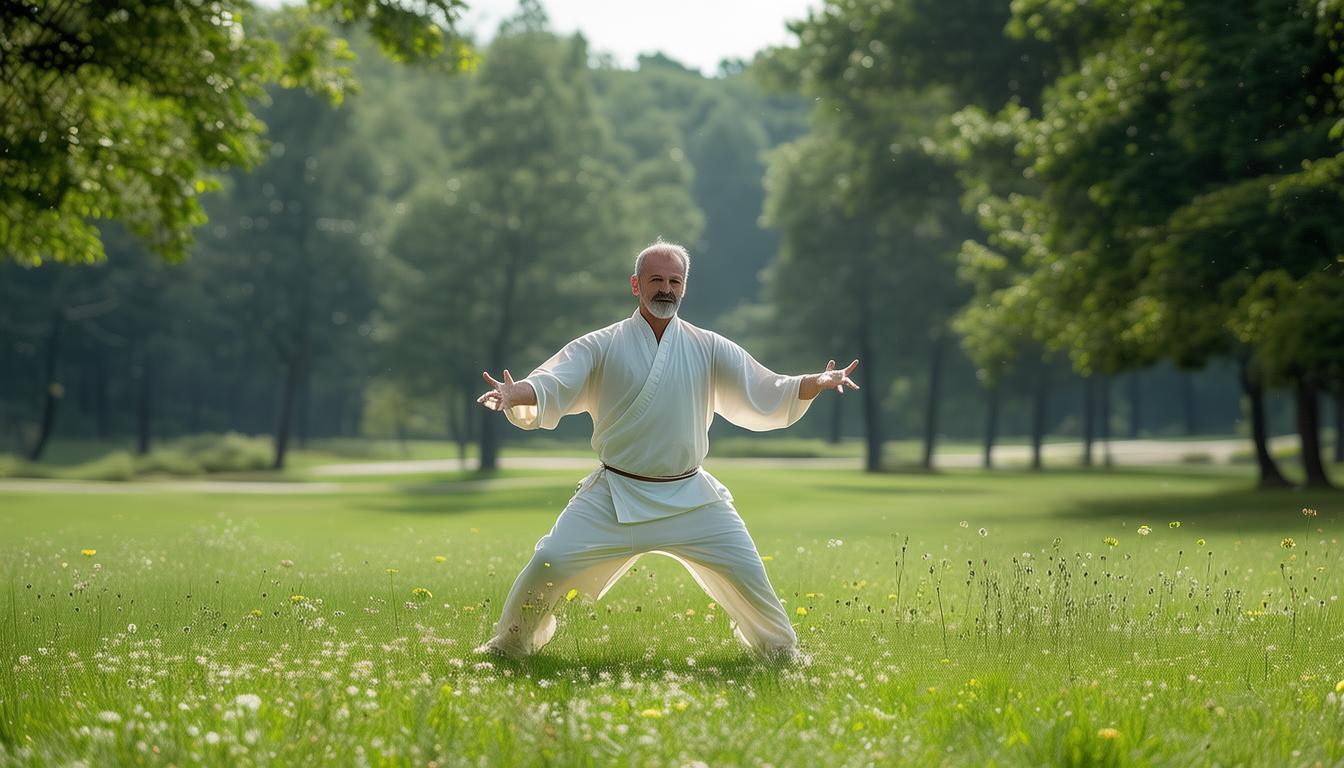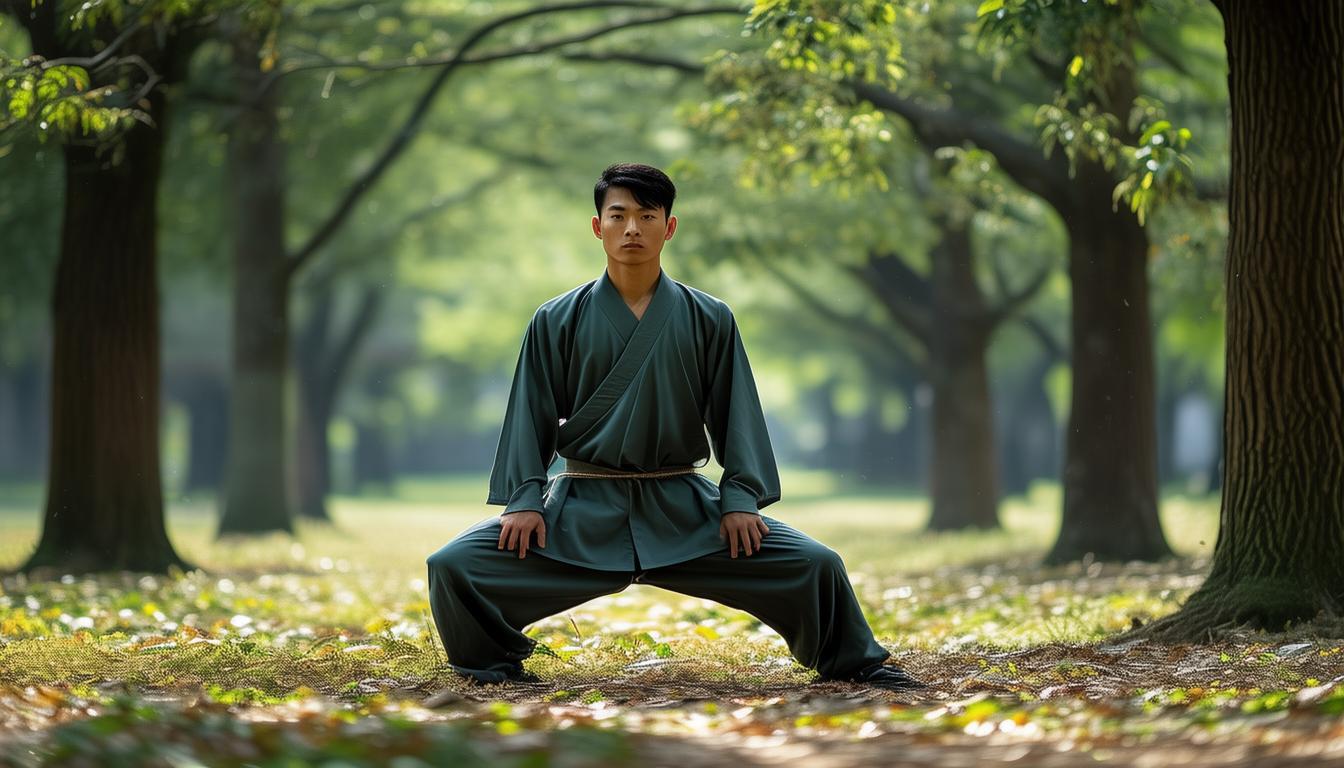
Tai Chi Contains The Essence Of Traditional Culture, Explaining Its Historical Origins And Fitness Effects In Detail
Tai Chi is not only a martial art, but also contains the essence of our traditional culture and has significant benefits to people's physical and mental health. At this moment, I will explain the relevant knowledge of Tai Chi to you one by one.
History Origin
Tai Chi originated from the late Ming Dynasty to the early Qing Dynasty. There are different opinions about its founder. One is said to be created by Zhang Sanfeng of Wudang Mountain, and the other is said to be passed down by Chen Wangting of Chenjiagou. This boxing technique absorbs the philosophical concepts of Confucianism and Taoism and the way of health preservation, and gradually evolves into a well-known form of martial arts today. After hundreds of years of inheritance, Chen's Tai Chi has derived many schools such as the Yang family, Wu family, and Wu family, and each school has formed its own unique style and characteristics.
Fitness effects

Tai Chi is of great benefit to physical health. From a physiological perspective, it can strengthen cardiopulmonary function, while also improving the coordination and flexibility of the body. When practicing Tai Chi, the muscles of the whole body will be exercised and the flexibility of the joints will be enhanced. In addition, Tai Chi For Diabetes , from a psychological perspective, practicing Tai Chi requires a high concentration of spirit. This can effectively relieve stress and anxiety, soothe people's body and mind, and enter a state of tranquility. At the same time, it also has a positive effect on improving sleep quality.
Basic moves
Tai Chi has many moves, covering various forms such as starting momentum, wild horse mane division, white crane wings, etc. Each move contains a profound historical heritage. These moves cleverly combine body, footwork and techniques. Taking the starting posture as an example, the movement requires the head to lift and the abdomen to sink, laying the foundation for the next movement. When practicing, the various moves need to transition naturally, and the movements need to be coherent, as smooth as clouds and water flow.
Genre features
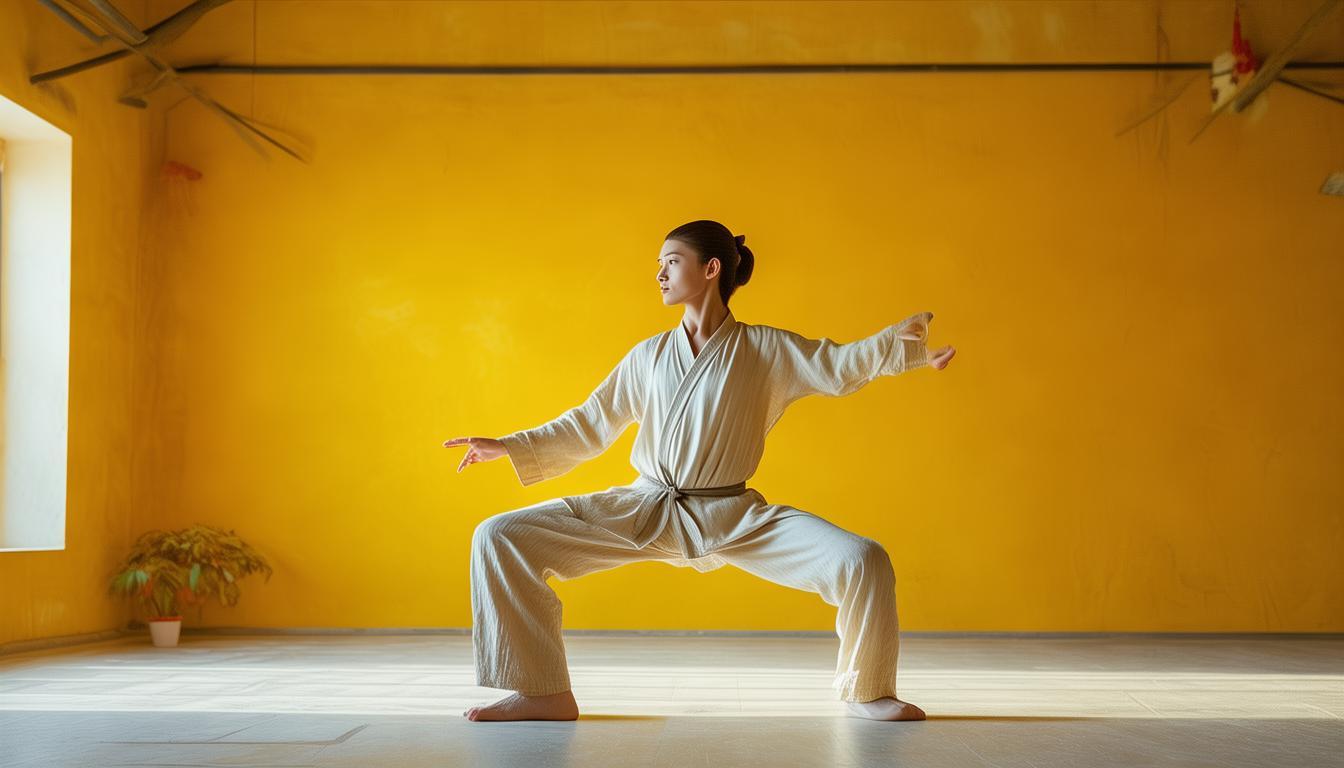
The styles of Tai Chi are different. Chen's Tai Chi combines hardness and softness, and the movements alternate between speed and slowness, which contains rich methods of exerting force; Yang's Tai Chi is smooth, the movements are stretched and elegant, which is very suitable for the public to exercise; Wu's Tai Chi is small and compact, although simple and unpretentious, but unique; while Wu's Tai Chi emphasizes the use of thoughts to guide the breath, and then uses the breath to drive the body's movement.
Inheritance and development
Tai Chi is now spread throughout the world and is favored and paid attention to by more and more people. People who practice Tai Chi can be seen in parks in China or in gymnasiums abroad. Tai Chi training institutions have been established in various places and held various competitions, Tai Chi Lessons , which greatly promoted the inheritance and progress of Tai Chi. However, on the road of inheritance, we have encountered some difficulties, such as how to attract more young people to become interested in and love Tai Chi . This issue is indeed worth our careful consideration.
Which Tai Chi school are you particularly interested in? You may leave your opinions in the comment section, and welcome to share your practical experience. If this article has inspired you, don’t forget to like it and recommend it to your relatives and friends.



